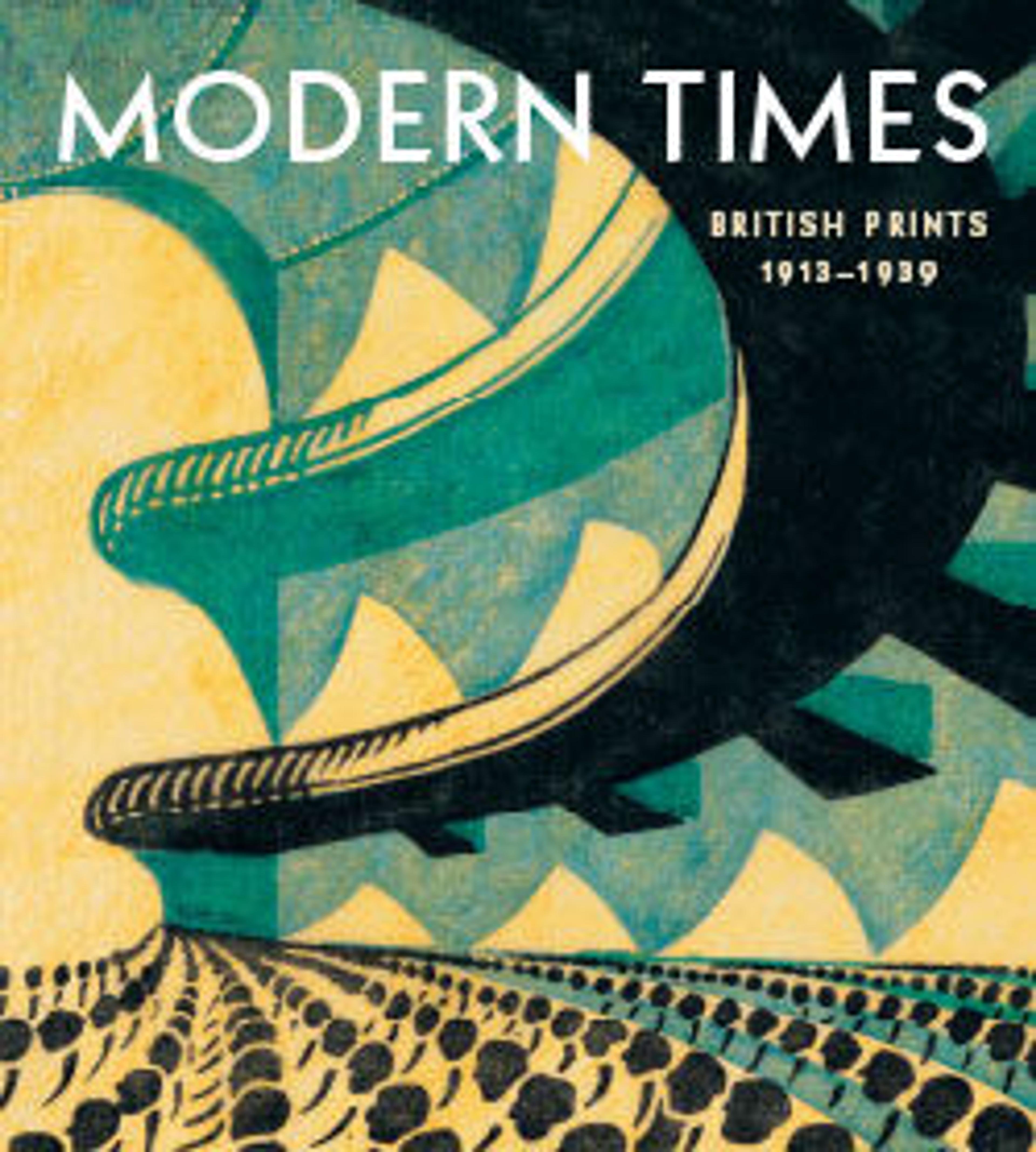That Cursed Wood
That Cursèd Wood portrays the horrific destruction of nature, and, by extension, of humanity, on the Western Front. Bleak and war-torn, this no-man’s-land is scarred by shells and punctuated by seared and mangled trees resembling grave markers. Above the pockmarked surface fly several airplanes that resemble giant insects or birds. The title derives from the 1916 poem "At Carnoy" by British writer and soldier Siegfried Sassoon, which tells of a brigade "crouched among thistle-tufts" as twilight fades. Despite the surroundings, the exhausted soldiers attempt to rest in preparation for the next day: "To-morrow we must go / To take some cursèd Wood . . . O world God made!"
Artwork Details
- Title: That Cursed Wood
- Artist: Christopher Richard Wynne Nevinson (British, London 1889–1946 London)
- Date: 1918
- Medium: Drypoint
- Dimensions: Image: 9 13/16 × 13 11/16 in. (25 × 34.7 cm)
Sheet: 13 7/8 × 18 1/8 in. (35.2 × 46 cm) - Classification: Prints
- Credit Line: Purchase, Leslie and Johanna Garfield Gift, Lila Acheson Wallace, Charles and Jessie Price, and David T Schiff Gifts, The Elisha Whittelsey Collection, The Elisha Whittelsey Fund, Dolores Valvidia Hurlburt Bequest, PECO Foundation and Friends of Drawings and Prints Gifts, and funds from various donors, 2019
- Object Number: 2019.592.30
- Curatorial Department: Drawings and Prints
More Artwork
Research Resources
The Met provides unparalleled resources for research and welcomes an international community of students and scholars. The Met's Open Access API is where creators and researchers can connect to the The Met collection. Open Access data and public domain images are available for unrestricted commercial and noncommercial use without permission or fee.
To request images under copyright and other restrictions, please use this Image Request form.
Feedback
We continue to research and examine historical and cultural context for objects in The Met collection. If you have comments or questions about this object record, please contact us using the form below. The Museum looks forward to receiving your comments.
